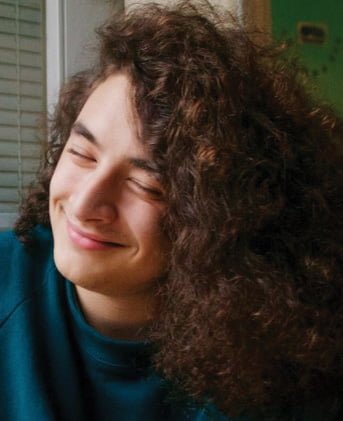“The Umbrella Academy” hooks in viewers

Aubrey Fetzer Headshot
Netflix’s newest foray into super hero storytelling, “The Umbrella Academy” is a mayhem-drenched thrill ride that I couldn’t look away from. Based on the Dark Horse comics series that ran between 2007 and 2008, this emo-infused comic adventure is the realization of creators Gerard Way and Gabriel Bá. Fans of pop punk/emo music will recognize Way as front person of popular early 2000’s group My Chemical Romance. Longtime fans will be familiar with Way’s iconic influence, as it is visible all over “The Umbrella Academy,” while Eisner-nominated Bás’ unmistakable eye for aesthetic is maintained beautifully in the transition from ink to screen.
In the last 10 years, the media market has become saturated with superhero and comic adaptations, making it nearly impossible for any new releases to stand out from the rest. This is particularly difficult on a platform like Netflix, which in the last few years has rolled out numerous superhero adaptations for major series from Marvel, DC, Dark Horse and multiple independent producers. Despite the overload of comic content, Netflix’s “The Umbrella Academy” does what few others on the service have done, it got me to click ‘next episode’.
The story centers around a ‘family’ of children all born on the same day to mothers who were not previously expecting, who are then gathered at an academy where they learn to control their powers and fight to save the world. As far as superhero plots go, it’s not the most original.
What makes “The Umbrella Academy” so worth watching is not it’s adherence to typical comic structure, but the ways in which it bends our expectations of them and moves into something new.
Through time traveling organizations, overworked hitman, the oncoming apocalypse and super-powered freak-outs, what stands out about this show is the depth of the characters we come to love. One of the children in particular, Klaus, a psychic who can communicate with the dead played by Robert Sheehan, steals the show and I found myself watching episode after episode wanting to learn more about him. Much like the intricately crafted neon nuclear wastelands and accessory-drenched characters of My Chemical Romance videos, it’s the weirdest elements that make the biggest impact.
Klaus is Way’s aesthetic influence at its best, irreverent, insightful and full of surprises. It’s these elements of genuine personality that push his narrative past the trope of a hero burdened by his powers and into something more meaningful. Each character’s personal struggle plays critically into the largely interconnected climax of the narrative, relying heavily on the audience’s investment in them as individuals to drive the tension to a breaking point.
In terms of its conflict, “Umbrella Academy” doesn’t do much new. A catastrophic world ending event is simultaneously egged on by those attempting to stop it as heroes and villains alike grapple with their roles in a collapsing world. It’s an exciting and post modern story, but it’s not one that’s exactly fresh in comics, building clearly on the groundwork of iconic series like “Dark Phoenix” and “Watchmen.”
Where “Umbrella Academy” shines is in the moments along the way, in the zany and chaotic action sequences set to dance numbers, and the self-referential jokes that point out just how silly it all is.
Unlike other recent comic endeavors, “The Umbrella Academy” knows that it’s treading in territory often covered and plays with the audience’s expectations of that to great success. It’s the tongue-in-check call backs to other comics and reversals of tropes that make this show so worth watching, but more than that it’s the joy that comes from engaging with something that knows how to not take itself seriously.








